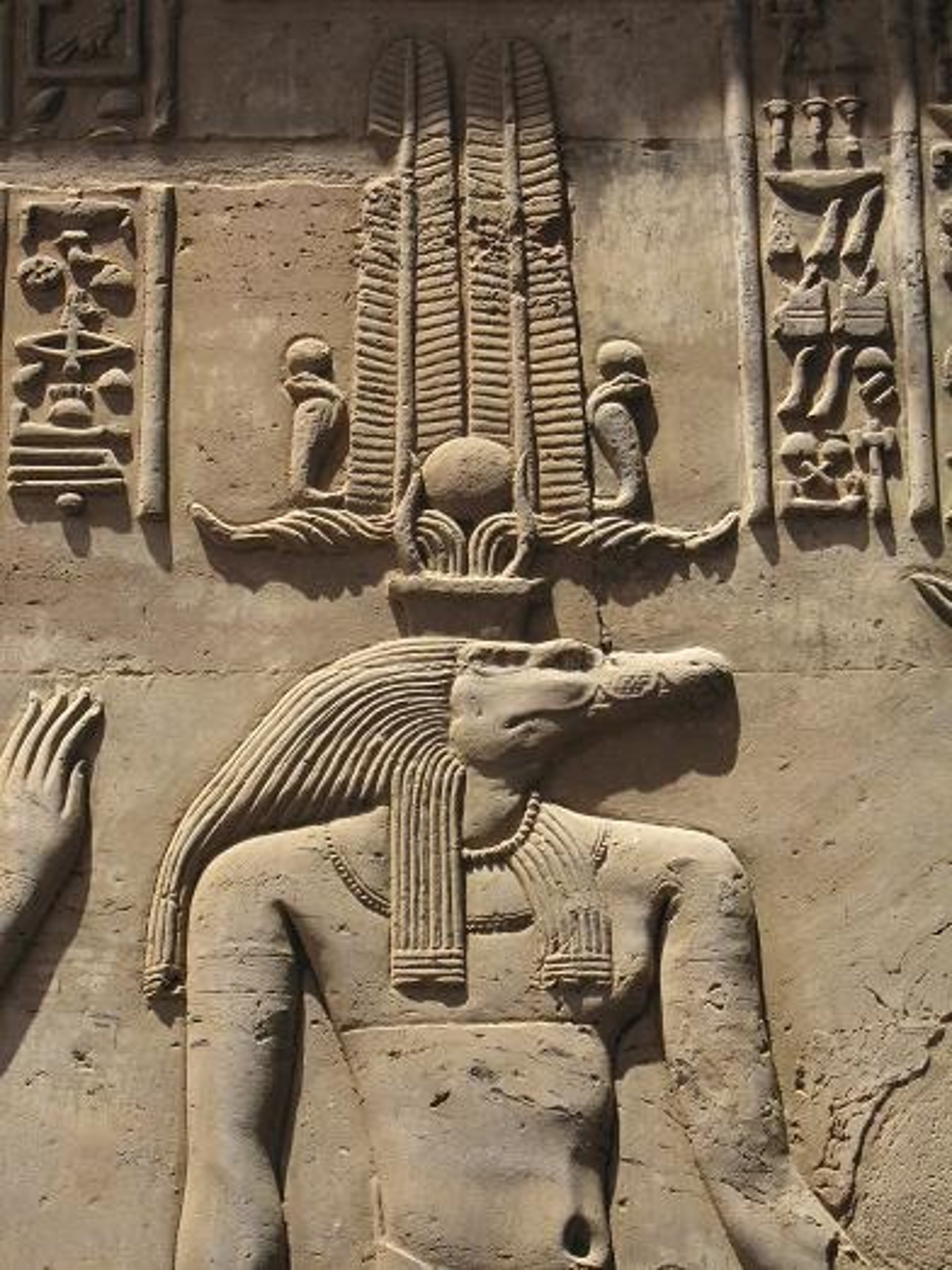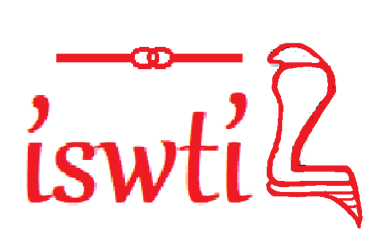Build your own dreams, Get started using this CODE: EOSDAHLIA6M2 to get a 20% off Reach.
How did scientists figure out how to read ancient Egyptian?
Ancient Egyptian hieroglyphs were deciphered primarily through the discovery and study of the Rosetta Stone, which contained the same text in three scripts: hieroglyphic, demotic, and ancient Greek. The Greek text, being a language already known, provided a key to understanding the other two scripts. French scholar Jean-François Champollion is credited with the breakthrough in deciphering hieroglyphs, demonstrating they were a combination of phonetic and ideographic symbols. However, the real secret behind deciphering the Rosetta Stone was Champollion's story with Father Youhanna Chiftichi (AbonaYuhanaa Al-shafatshaa). But how did that happen? That's what we'll find out here.
BY DAHLIA SAAD EL-DIN
Dahlia Saad El-Din
5/8/20242 min read



The Hypothetical of Ancestor Egyptian Language
How the Rosetta Stone Helped Decipher Ancient Egyptian Hieroglyphs
1. What Is the Rosetta Stone?
Discovery: French soldiers excavating near Rashid (Rosetta), Egypt, in July 1799 uncovered a dark granodiorite slab bearing a decree from 196 BCE (British Museum).
Three Scripts: Inscribed in three ways—hieroglyphs (for sacred texts), demotic (everyday Egyptian), and ancient Greek—allowing side-by-side comparison (British Museum).
2. The Power of Greek Texts
Scholars already understood ancient Greek, so by aligning the Greek with the hieroglyphic and demotic versions, they began identifying matching words and phrases .
3. Early Pioneers: De Sacy, Åkerblad, Young
Silvestre de Sacy laid the groundwork by analysing demotic and teaching future Egyptologists (Arcadia).
Johan David Åkerblad, a student of de Sacy, matched demotic signs to sounds, identifying names and common words (Arcadia).
Thomas Young advanced further in 1814 by recognising phonetic cartouches in hieroglyphs and connecting them to “Ptolemaios.” He also spotted similarities between demotic and hieroglyphs (British Museum).
4. Champollion’s Breakthrough
Who He Was: A gifted French linguist fluent in Coptic, Greek, Hebrew, Arabic, and more—raised largely by his brother Jacques‑Joseph (Wikipedia).
Critical Insight (Sept 14, 1822): While comparing Coptic-born words like “to give birth” (ms) with hieroglyphic signs, Champollion realized hieroglyphs were not just pictorial but also phonetic and ideographic (Wikipedia).
Celebration & Presentation: He famously exclaimed “Je tiens mon affaire!” (“I’ve got it!”) before collapsing—and on September 27, 1822, he unveiled his findings at the Académie des Inscriptions et Belles-Lettres in Paris (Smithsonian Magazine).
Understanding Hieroglyphs: The Coptic Connection & Symbolic Versatility
Coptic: The Linguistic Bridge
What Coptic Is: A descendant of ancient Egyptian, used by Christian Egyptians, and written with Greek script plus additional letters (Arcadia).
Champollion’s deep fluency—practised with Father Youhanna Chiftichi at Saint‑Roch Church—allowed him to recognise phonetic patterns in hieroglyphs (Wikipedia).
Phonetic, Ideographic & Determinative Use
He proved a hieroglyph could:
Phonetically spell sounds (using rebus-like principles),
Ideographically represent ideas or objects,
Use determinatives to clarify meaning (e.g. ‘old’ vs. ‘praise’) (The New Yorker).
Why This Matters: From Egyptology to Cultural Legacy
Birth of Egyptology: Champollion’s Letter to M. Dacier laid the groundwork for formal studies of ancient Egypt (Wikipedia).
Reviving Lost History: Texts from tombs, temples, and papyri—silent for centuries—became readable, opening vast new chapters of ancient civilisation (Ancient Egypt Alive).
Modern Impact & Ethics: The Rosetta Stone became synonymous with “the key to understanding,” inspiring everything from apps to space missions. Yet it's also a focus of cultural heritage debates—Egypt continues to request its return from the British Museum (The New Yorker).
Summary: The Pillars of Decipherment
Pillar Description
Rosetta Stone Three-language decree (hieroglyphic, demotic, Greek)
Greek Provided direct translation reference
Early Scholars De Sacy, Åkerblad & Young unlocked key pieces
Champollion Used his knowledge of Coptic to decode phonetic, ideographic, and determinative elements
Legacy Sparked Egyptology, restored ancient voices, fuelled cultural dialogues
Final
Champollion’s journey—fueled by rigorous linguistic study, mentorship, and deep devotion—enabled the modern understanding of hieroglyphs. His discovery is a testament to scholarly persistence, and it continues to influence both academia and global cultural awareness.


